Market Analysis
In-depth Analysis of Emergency Ambulance Vehicle Market Industry Landscape
The market dynamics of the emergency ambulance vehicle market are influenced by various factors that shape its growth, trends, and competition. One significant factor driving this market is the increasing demand for emergency medical services worldwide. As populations grow and age, the need for rapid and efficient medical response to emergencies becomes paramount. This demand is further fueled by urbanization, which leads to higher incidents of accidents and medical emergencies in densely populated areas. Additionally, advancements in healthcare infrastructure and the rising awareness about the importance of timely medical assistance contribute to the market's expansion.
Technological advancements play a crucial role in shaping the market dynamics of emergency ambulance vehicles. Manufacturers are constantly innovating to equip ambulances with state-of-the-art medical equipment and communication systems, enhancing their capabilities for delivering swift and effective care. Integration of GPS tracking, telemedicine services, and real-time data transmission capabilities are becoming standard features, enabling better coordination between emergency responders and healthcare facilities. Moreover, the development of electric and hybrid ambulance vehicles addresses concerns about environmental sustainability and operating costs, further driving market growth.
Government regulations and policies significantly impact the emergency ambulance vehicle market. Regulatory standards regarding vehicle safety, medical equipment, and emergency response protocols influence manufacturers' product development strategies. Compliance with these regulations is essential for gaining market access and maintaining the trust of healthcare providers and patients. Government initiatives aimed at improving emergency medical services, such as funding for ambulance fleets, training programs for emergency personnel, and incentives for adopting advanced technologies, also shape market dynamics by stimulating demand and fostering innovation.
Market competition among emergency ambulance vehicle manufacturers is intensifying as companies vie for market share and differentiation. Established players invest in research and development to enhance their product offerings and maintain a competitive edge. Meanwhile, new entrants and startups disrupt the market with innovative designs and business models, challenging traditional industry norms. Partnerships and collaborations between manufacturers, healthcare organizations, and technology firms are becoming common, driving market consolidation and fostering synergies to deliver comprehensive emergency medical solutions.
Consumer preferences and healthcare trends influence the market dynamics of emergency ambulance vehicles. Patients and healthcare providers increasingly prioritize comfort, safety, and accessibility when choosing ambulance services. This has led to the customization of ambulance interiors to accommodate various medical conditions and improve patient experience during transport. Furthermore, the growing emphasis on community-based healthcare and preventive medicine is reshaping the role of ambulances from mere transport vehicles to mobile healthcare units capable of delivering primary care and preventive services in underserved areas.
Global economic conditions and healthcare expenditure patterns also impact the emergency ambulance vehicle market. Economic downturns can constrain public spending on healthcare infrastructure and emergency services, affecting demand for ambulance vehicles. Conversely, economic growth and increased healthcare investments drive market expansion, especially in emerging markets where healthcare infrastructure is still developing. Moreover, healthcare reimbursement policies and insurance coverage influence purchasing decisions by healthcare providers and ambulance operators, shaping market demand and pricing strategies.
In conclusion, the market dynamics of the emergency ambulance vehicle market are driven by a combination of factors including demand for emergency medical services, technological advancements, government regulations, market competition, consumer preferences, and economic conditions. Understanding these dynamics is essential for stakeholders in the emergency medical services industry to navigate challenges, capitalize on opportunities, and contribute to improving emergency healthcare delivery worldwide.

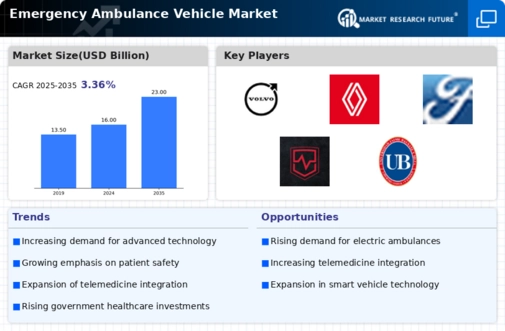
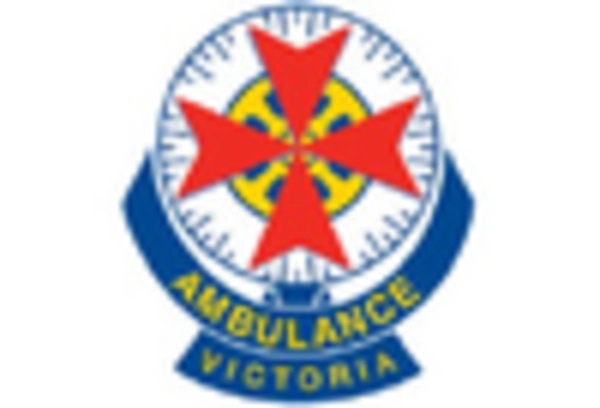

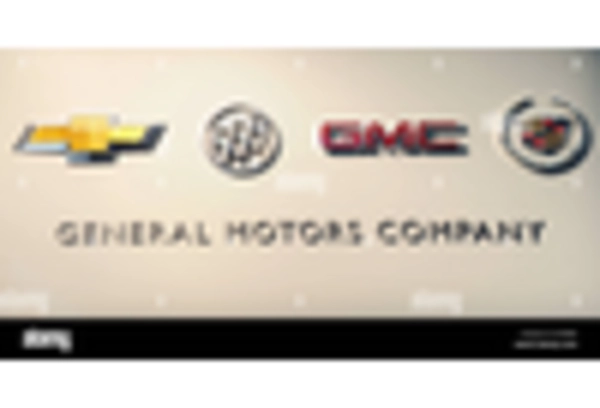
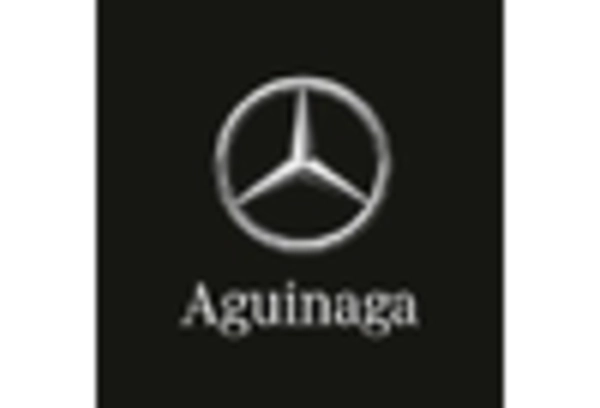
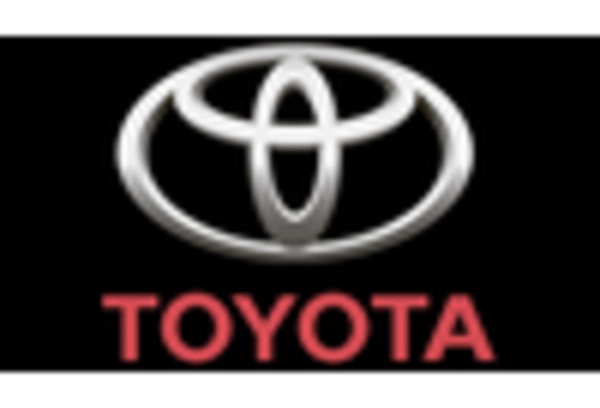
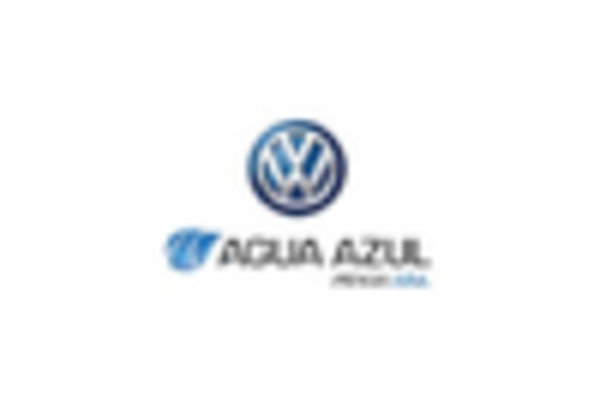









Leave a Comment